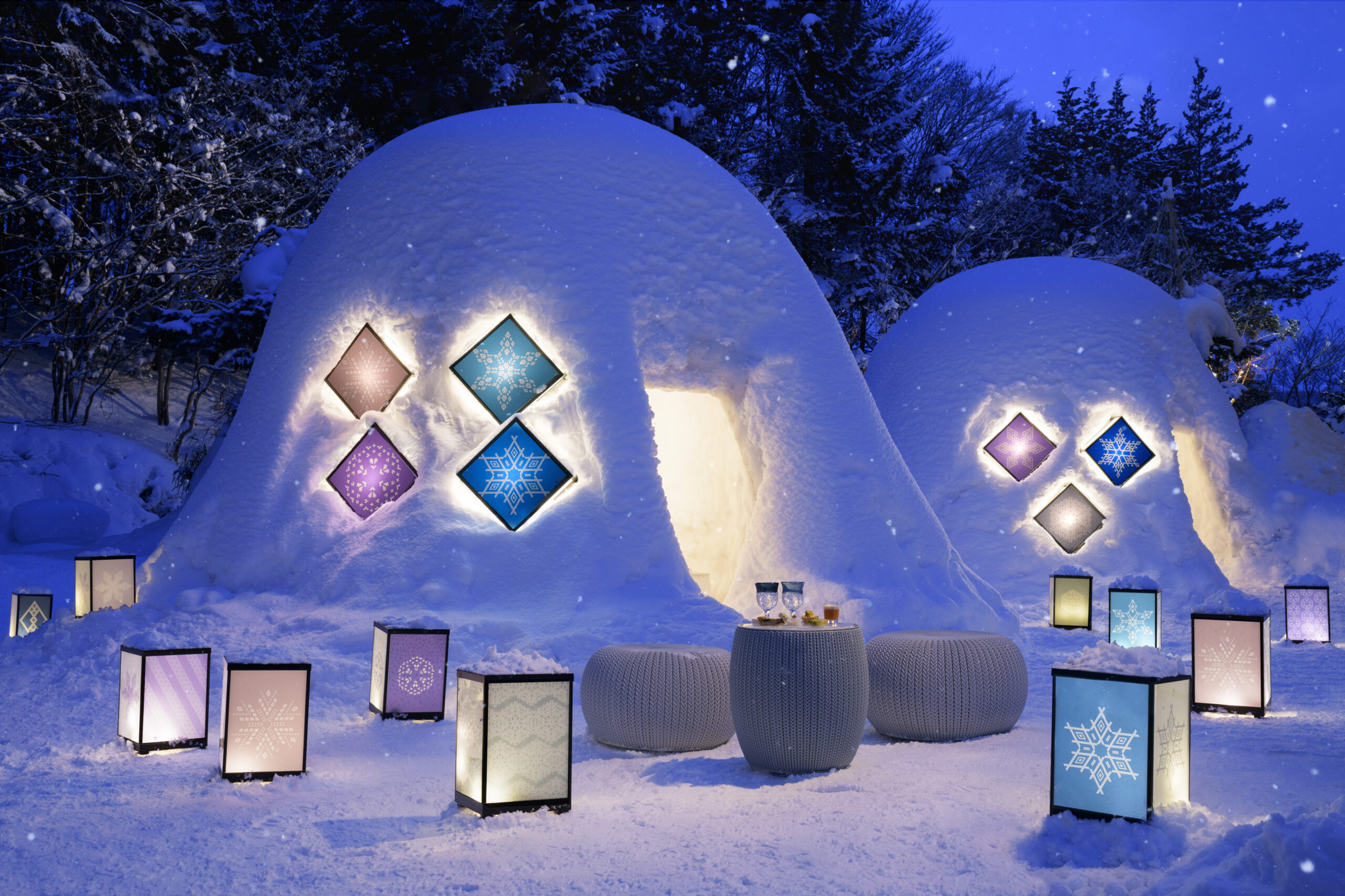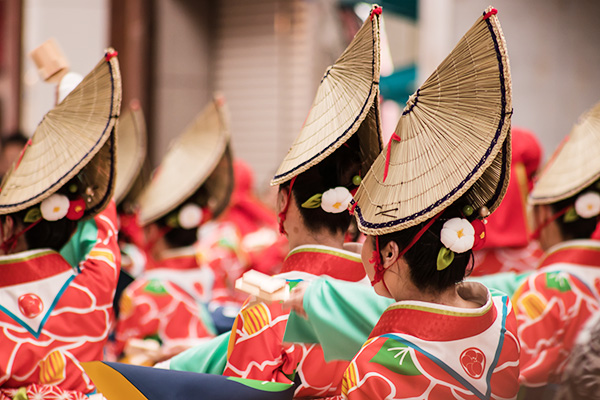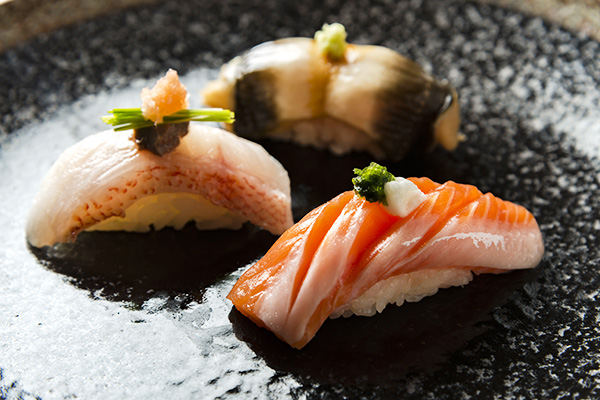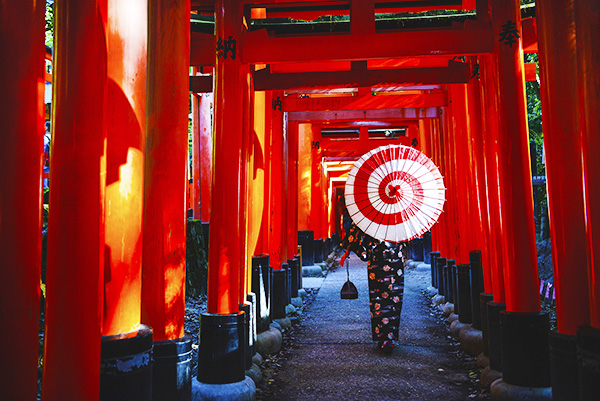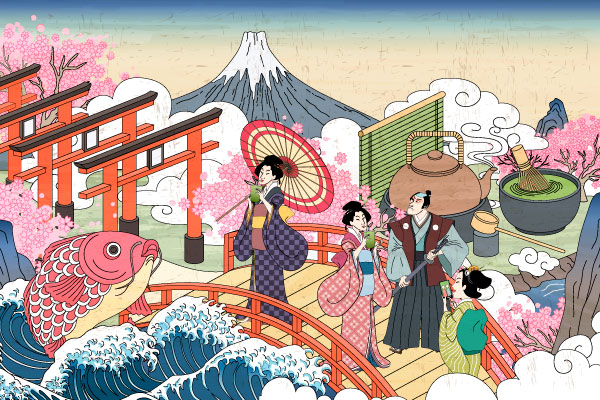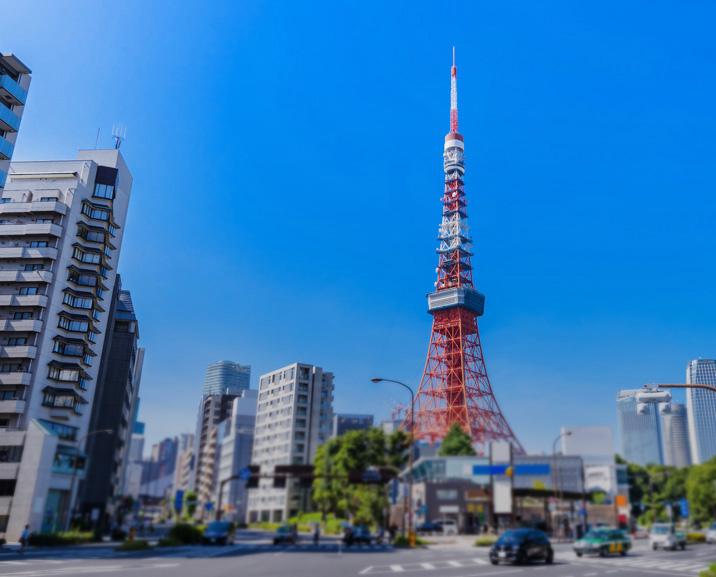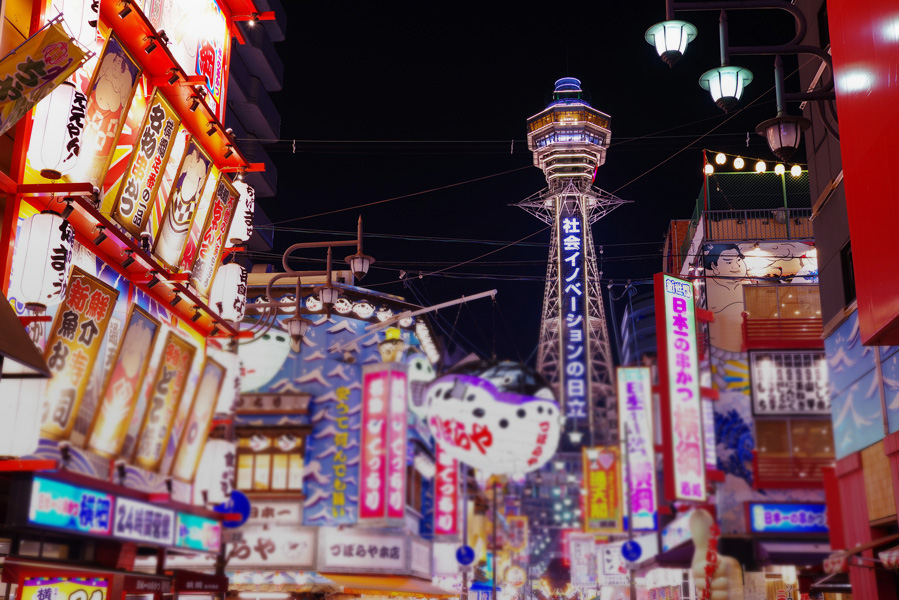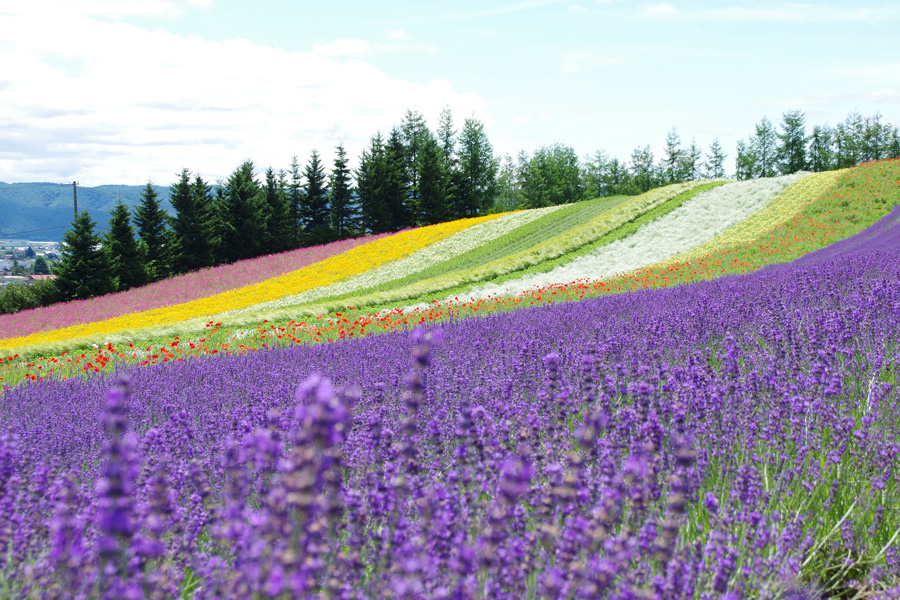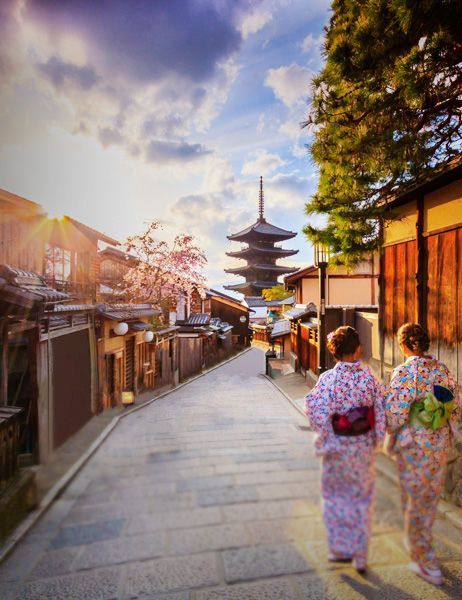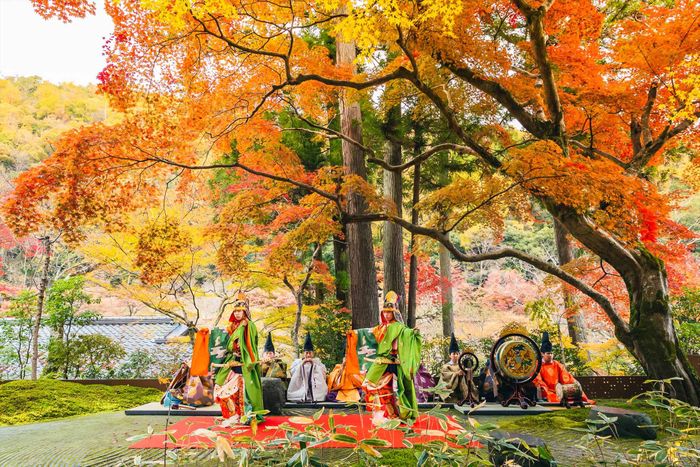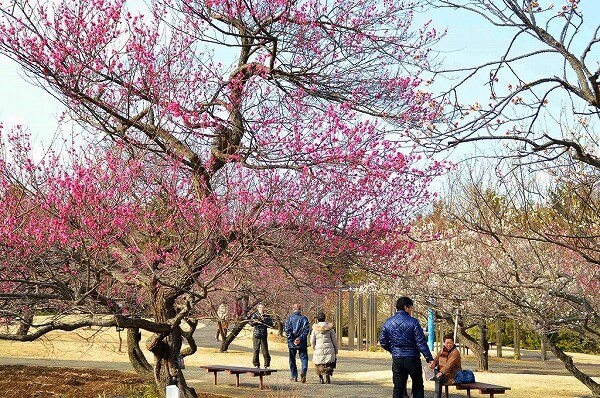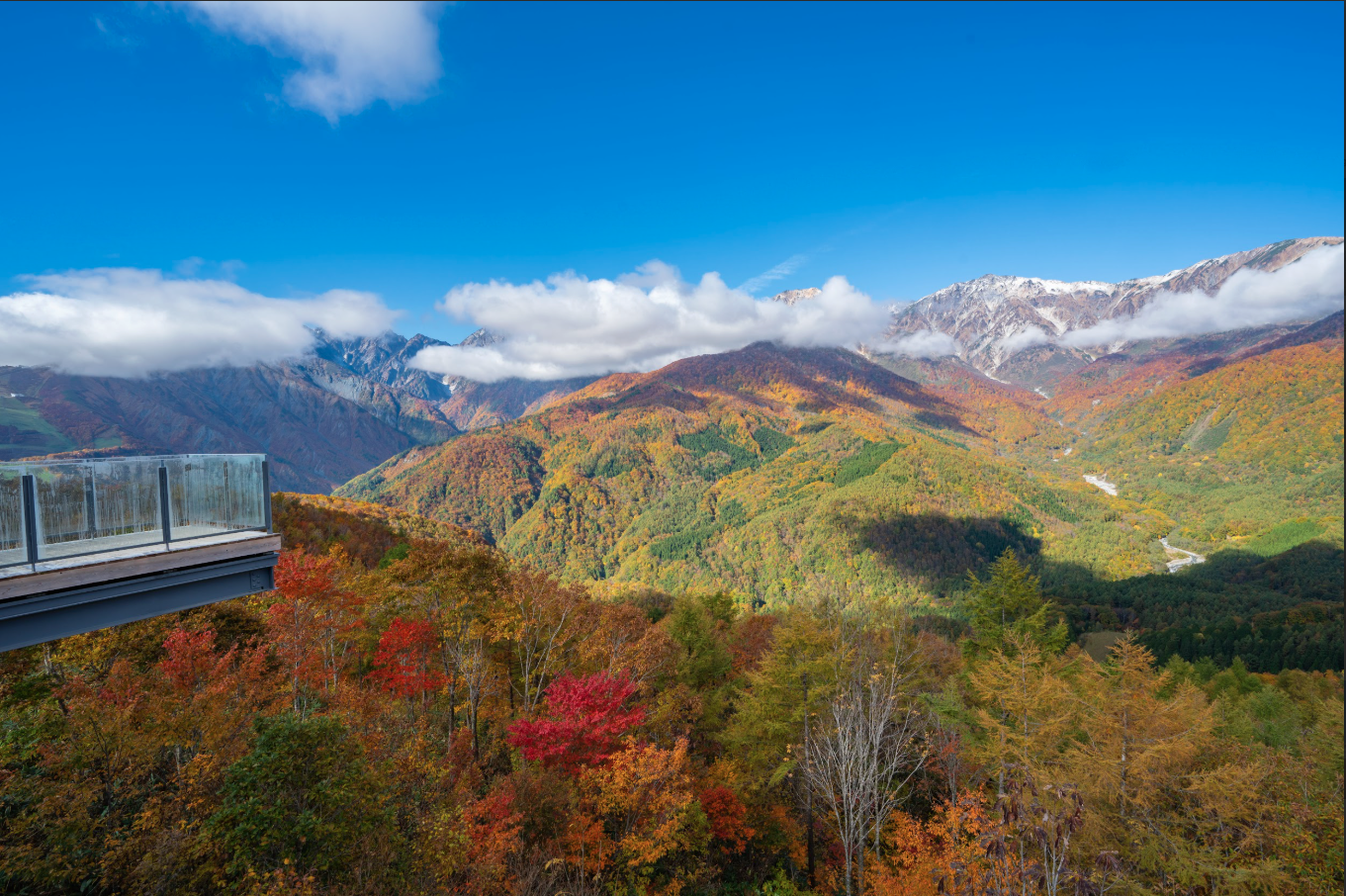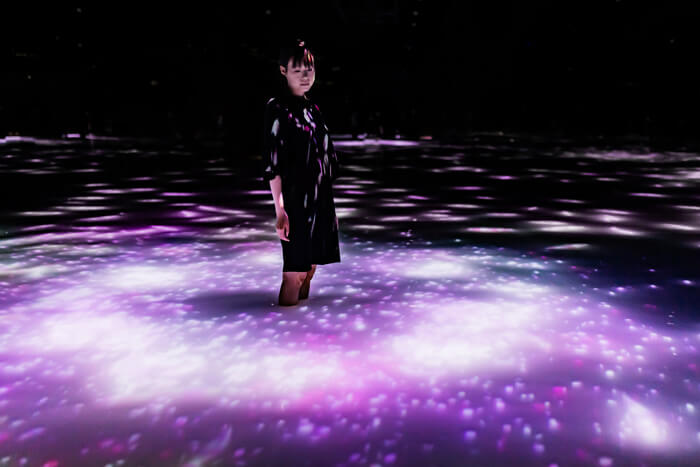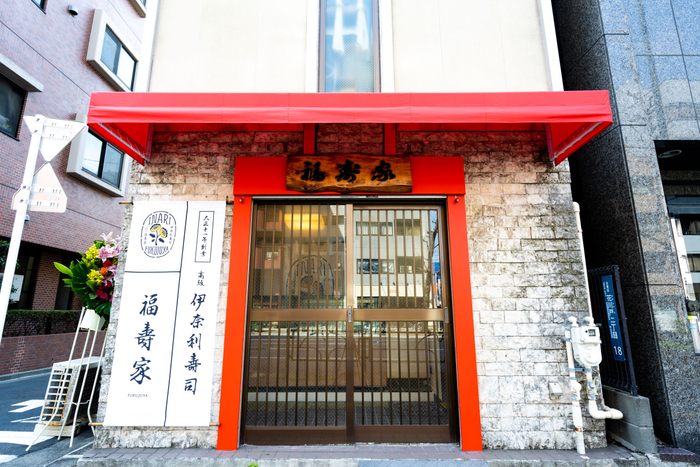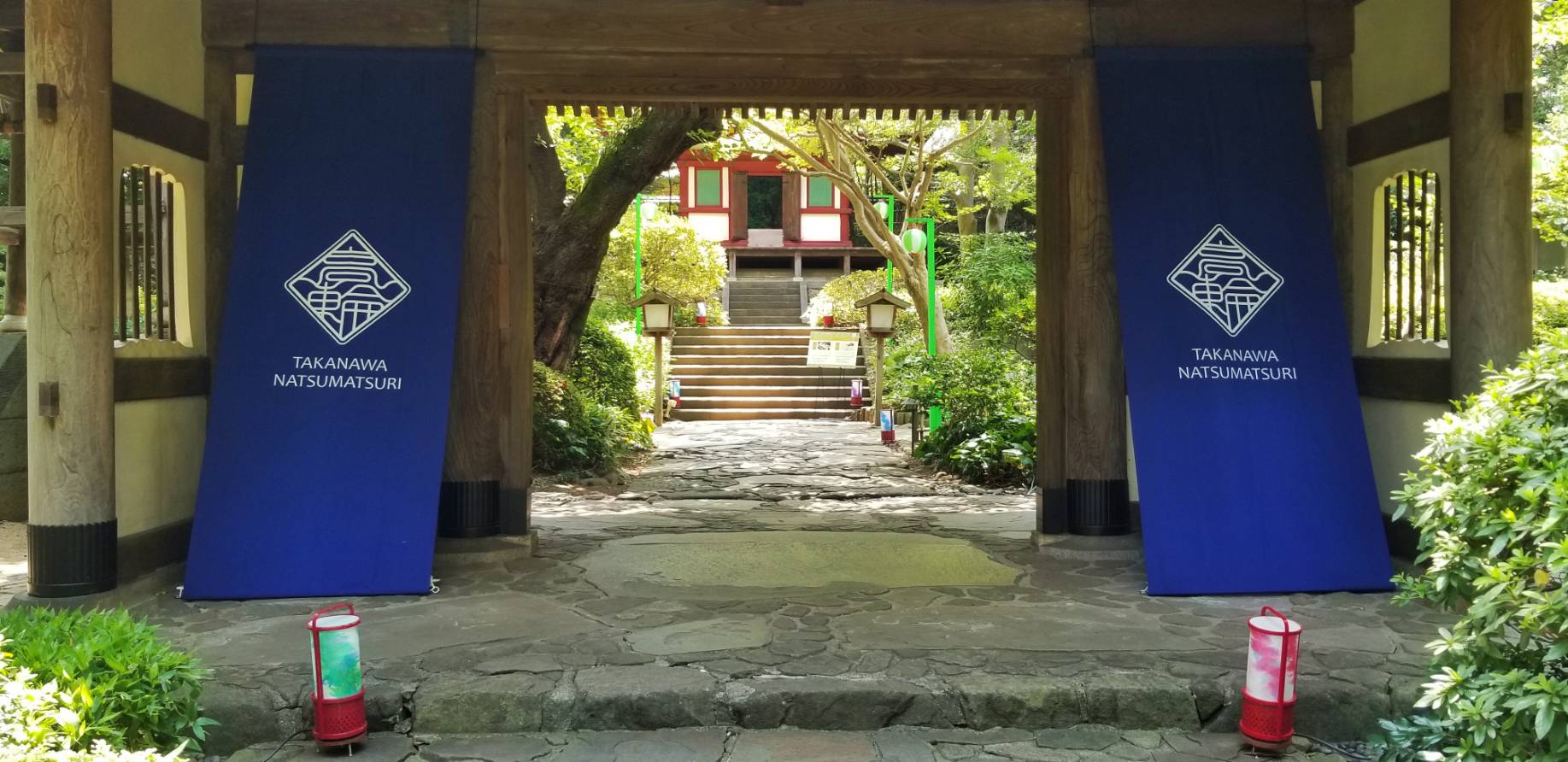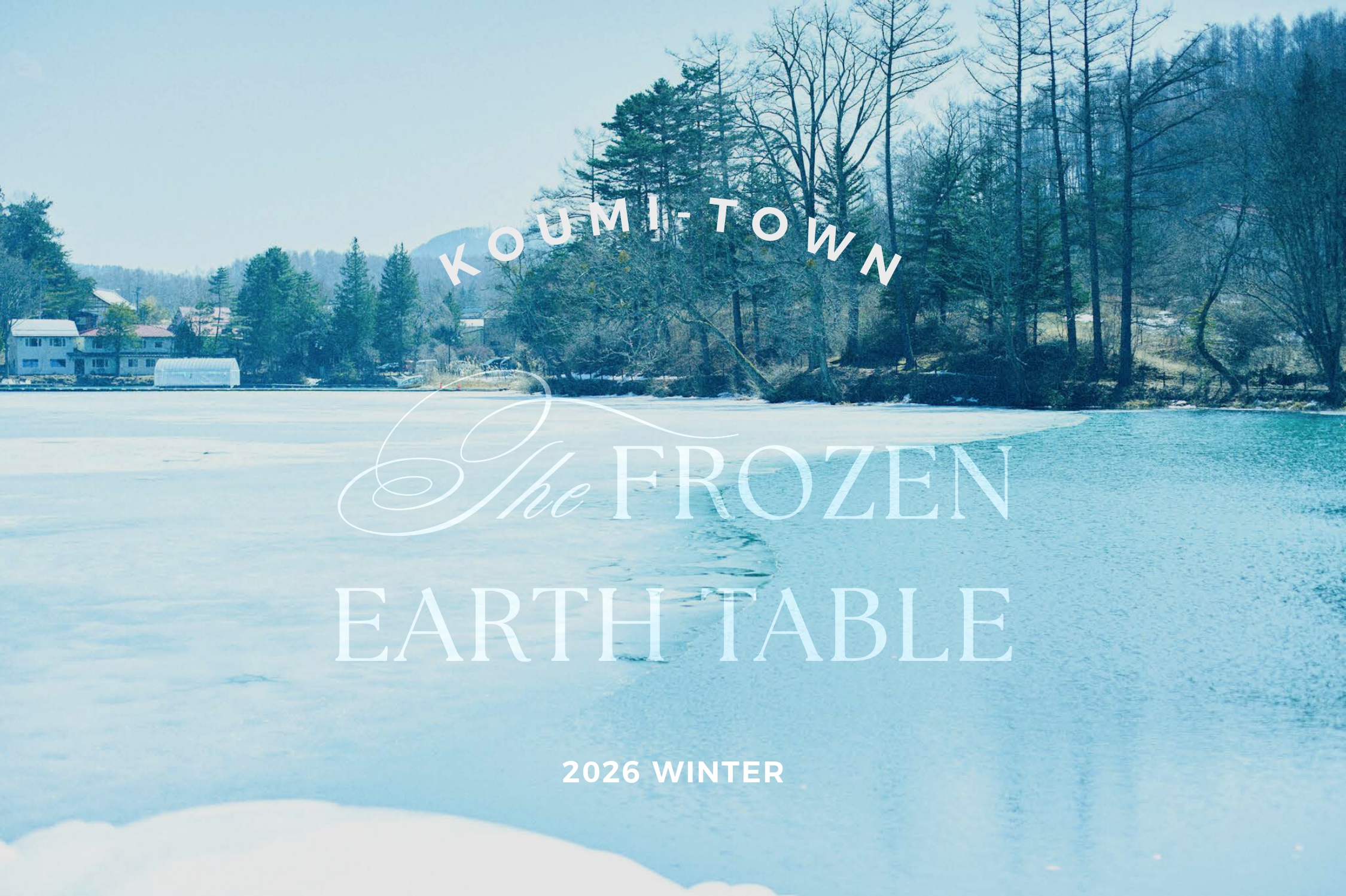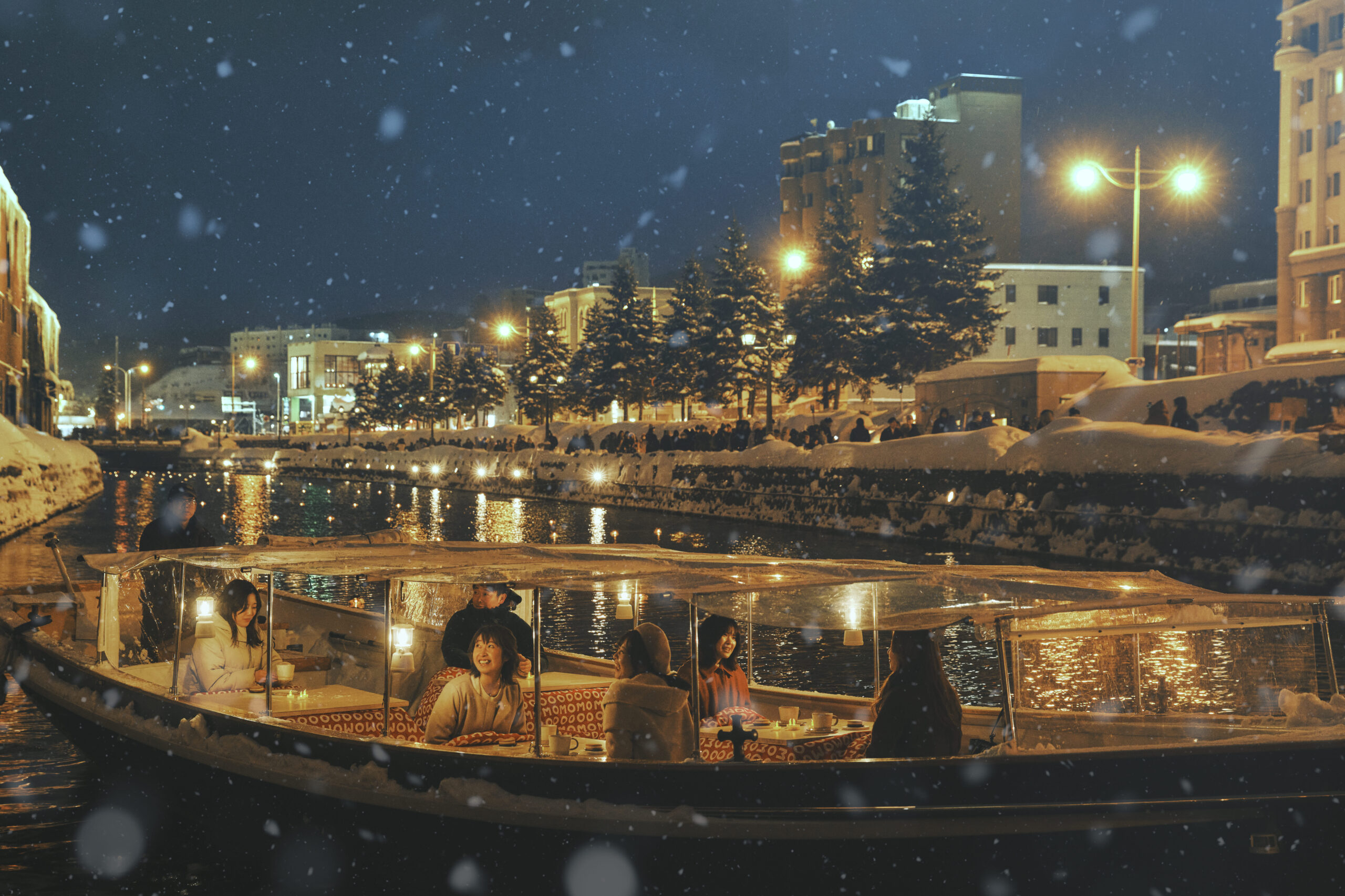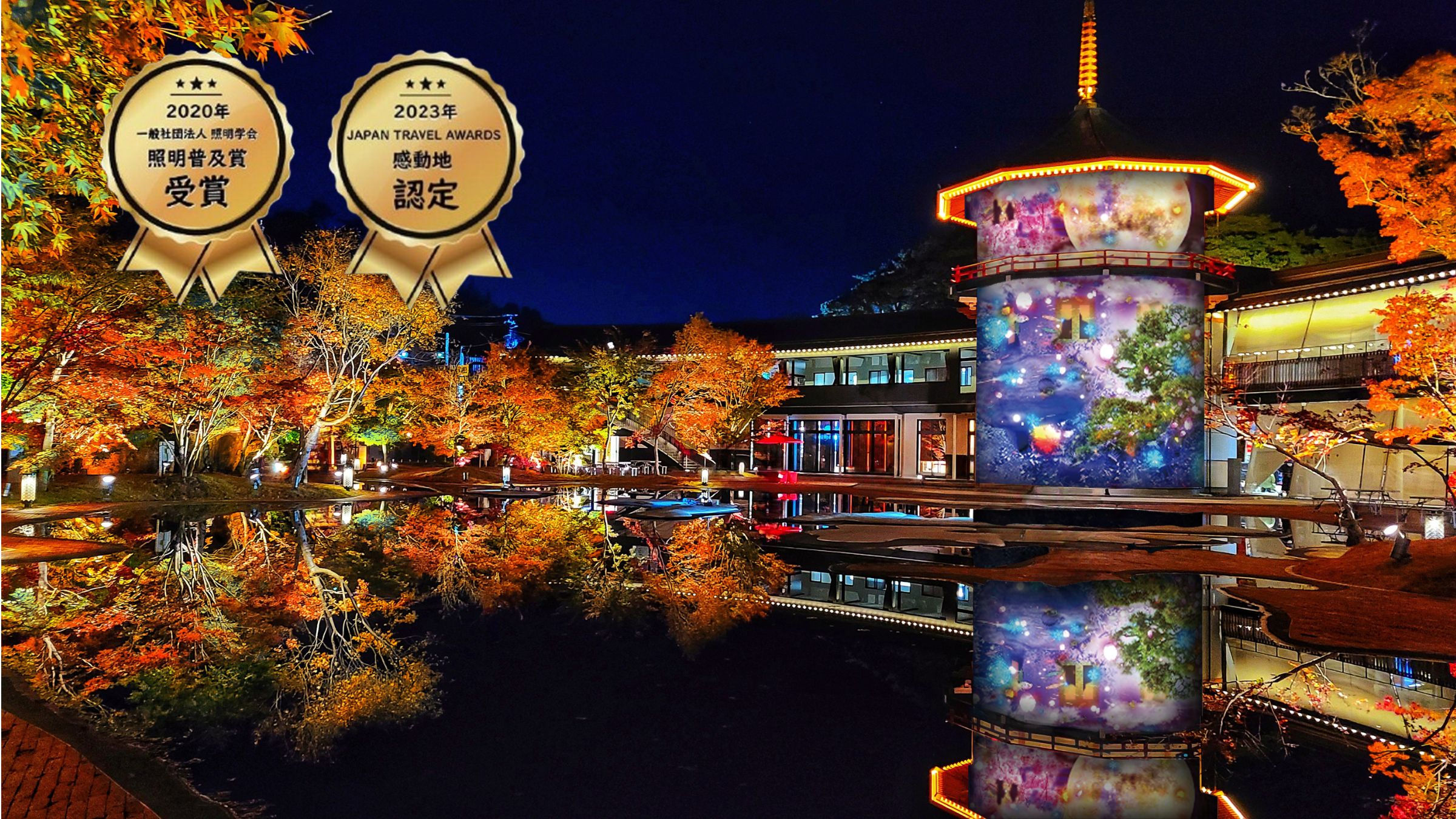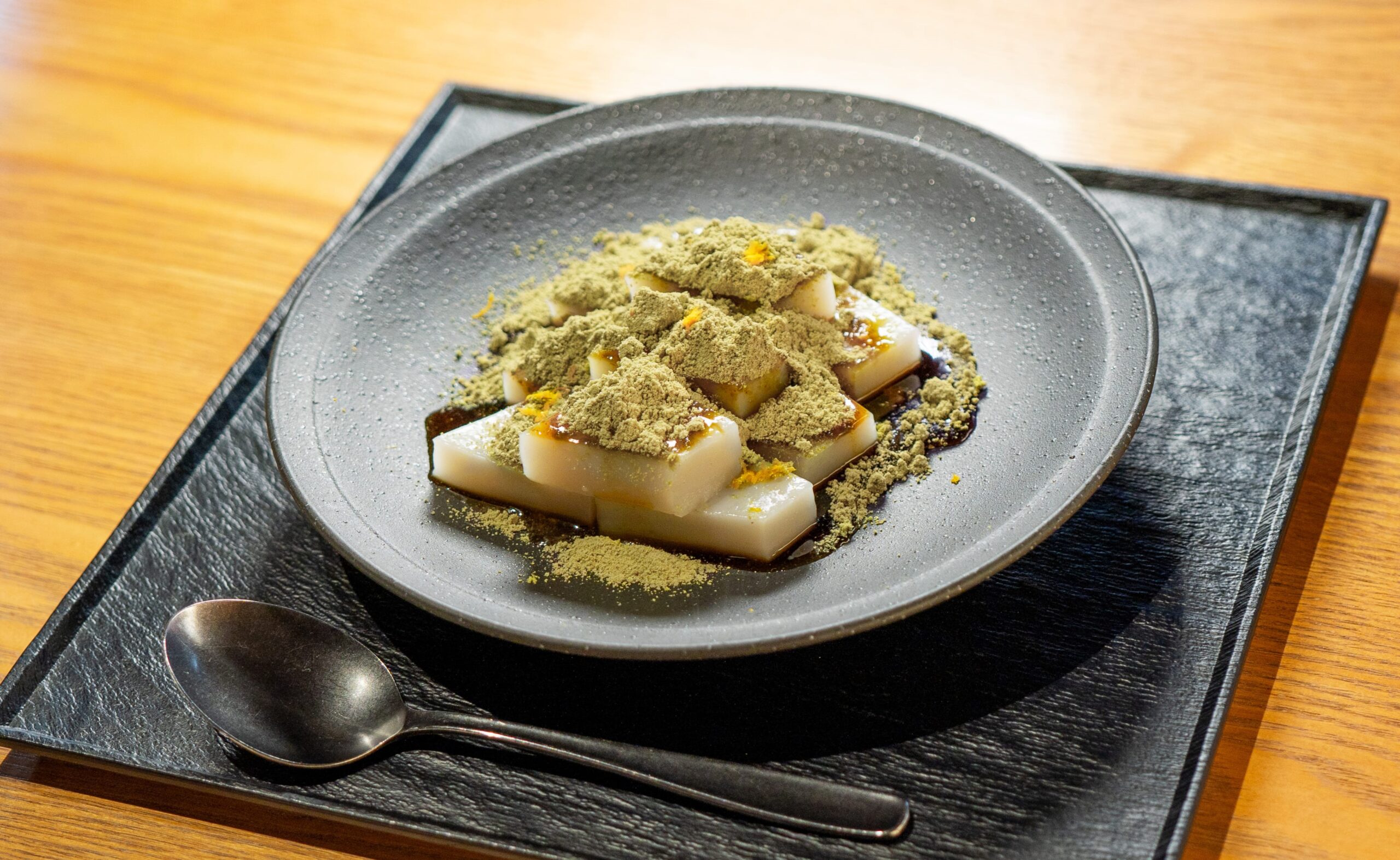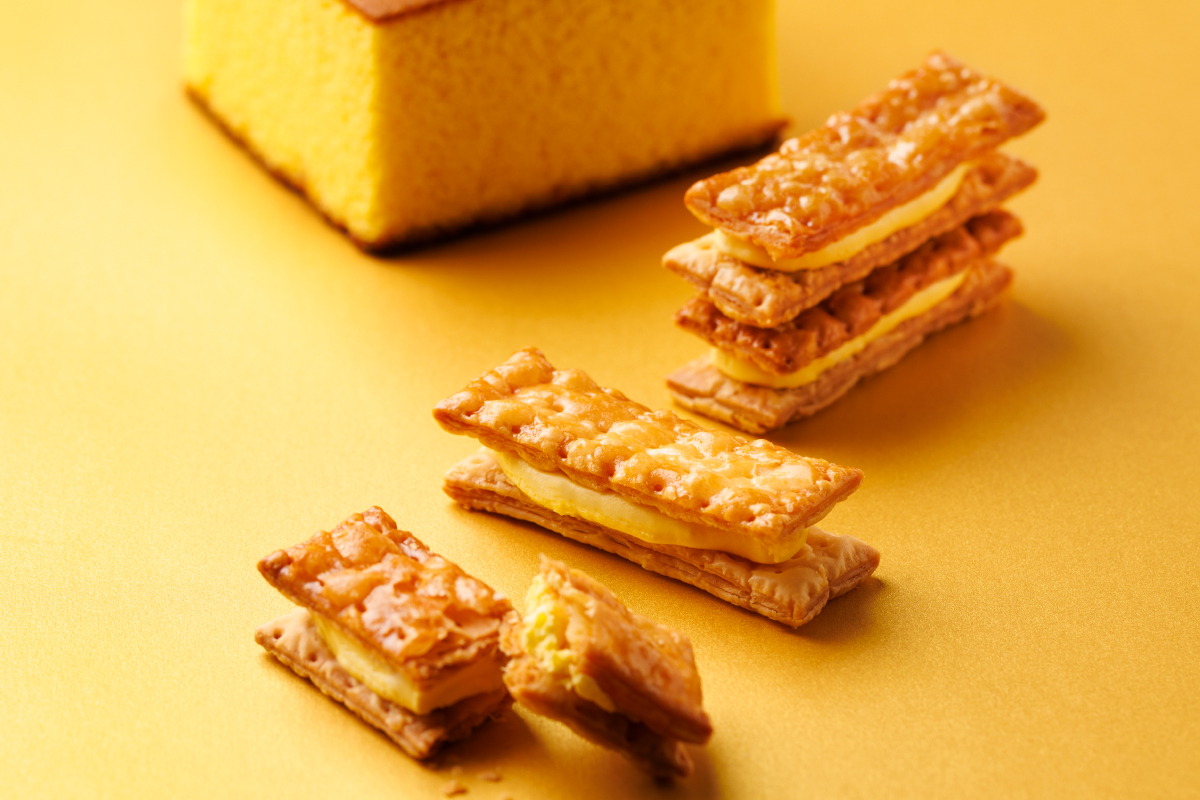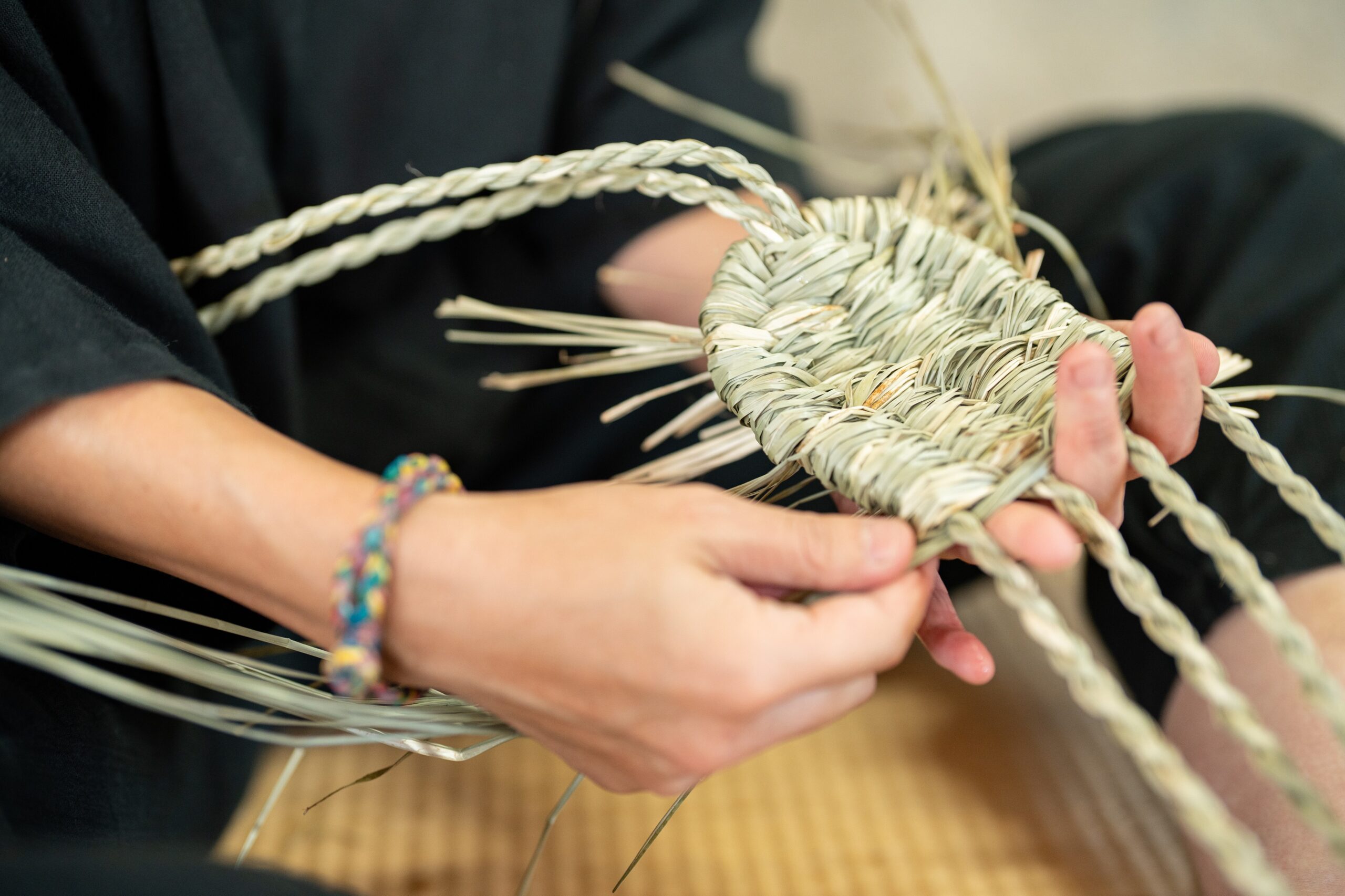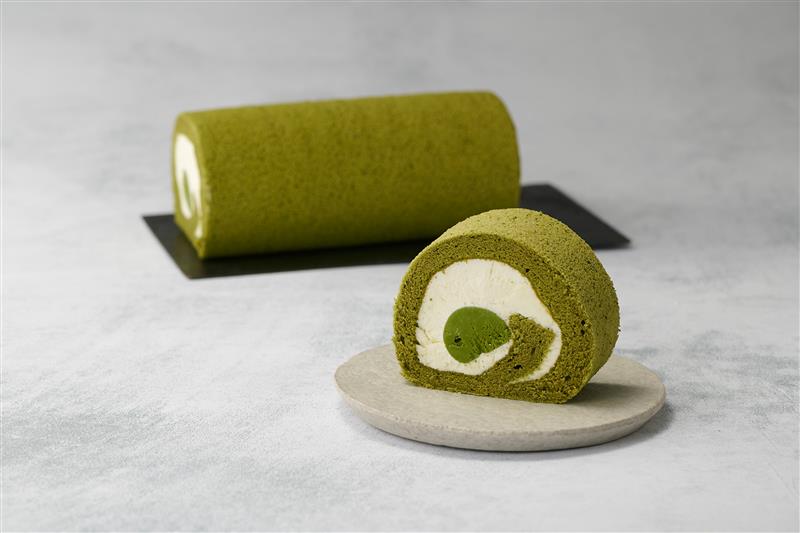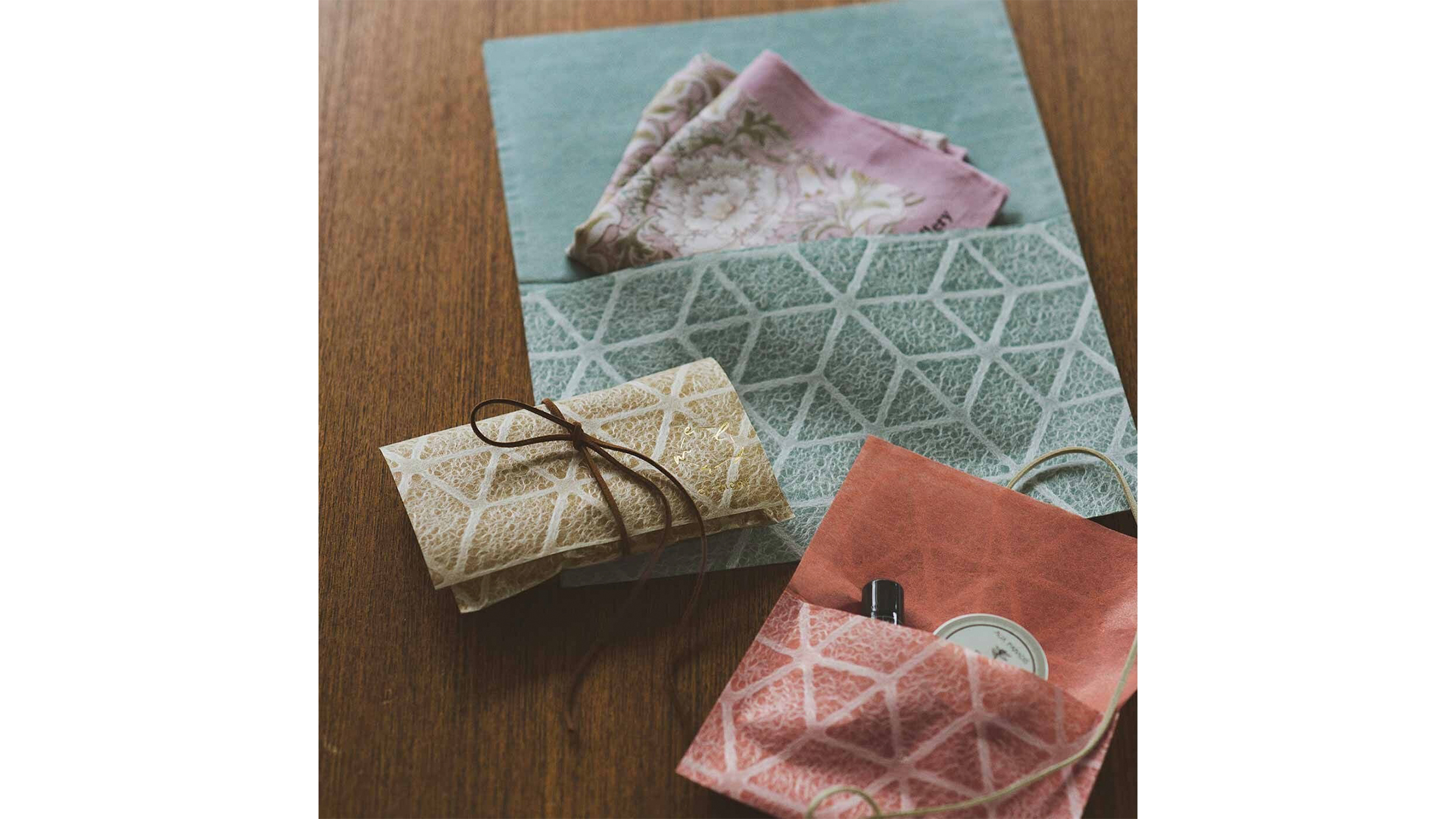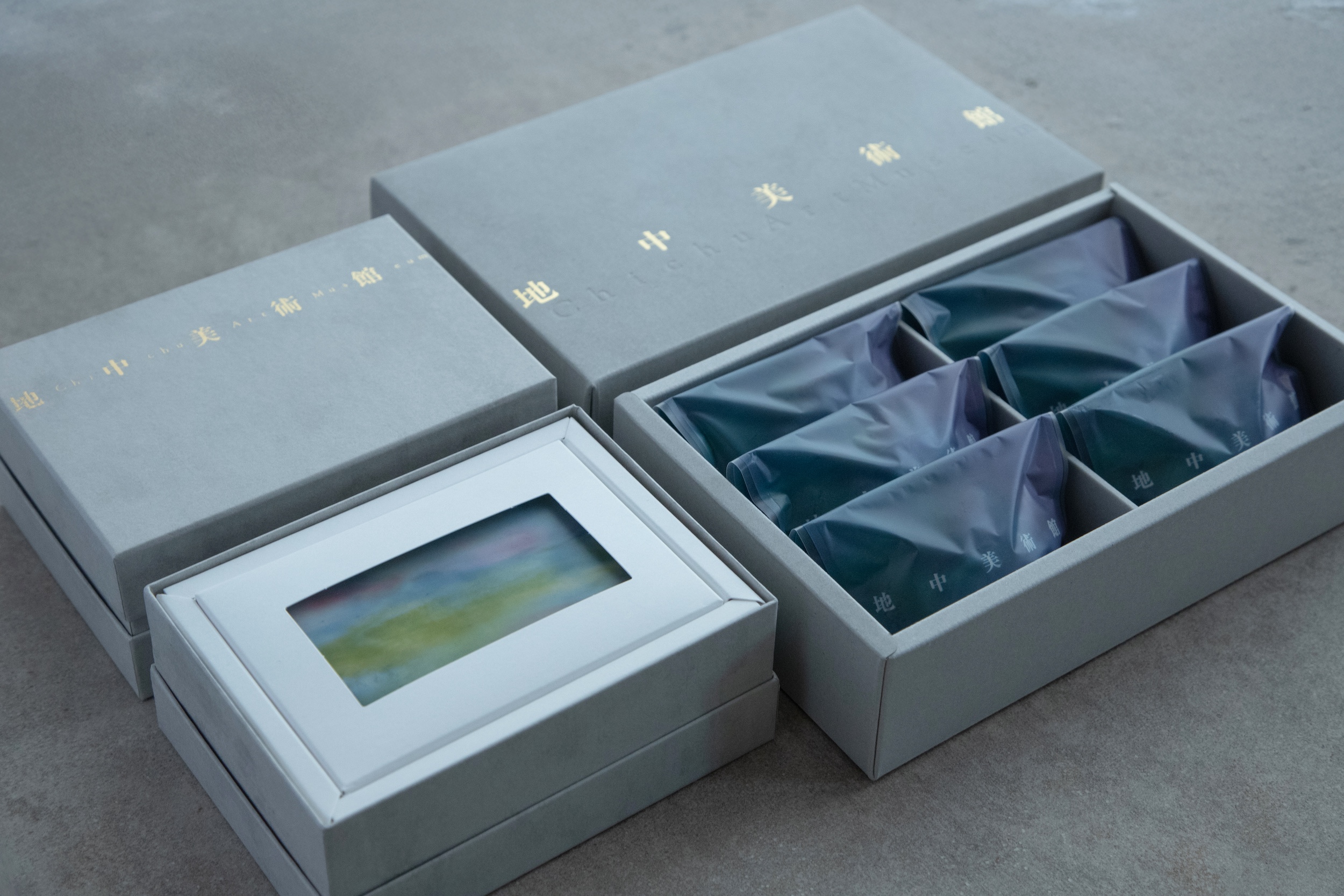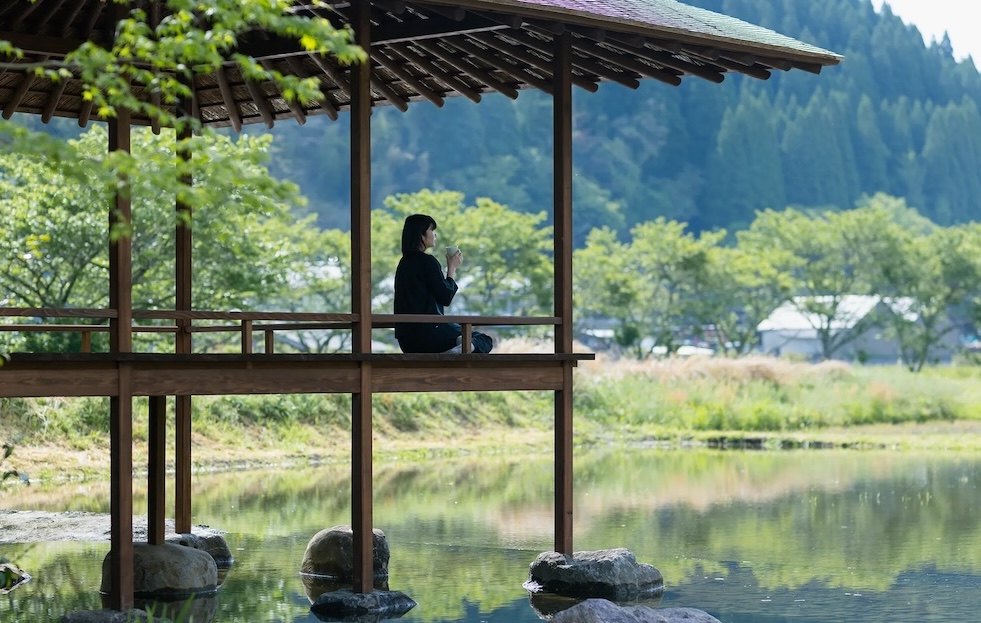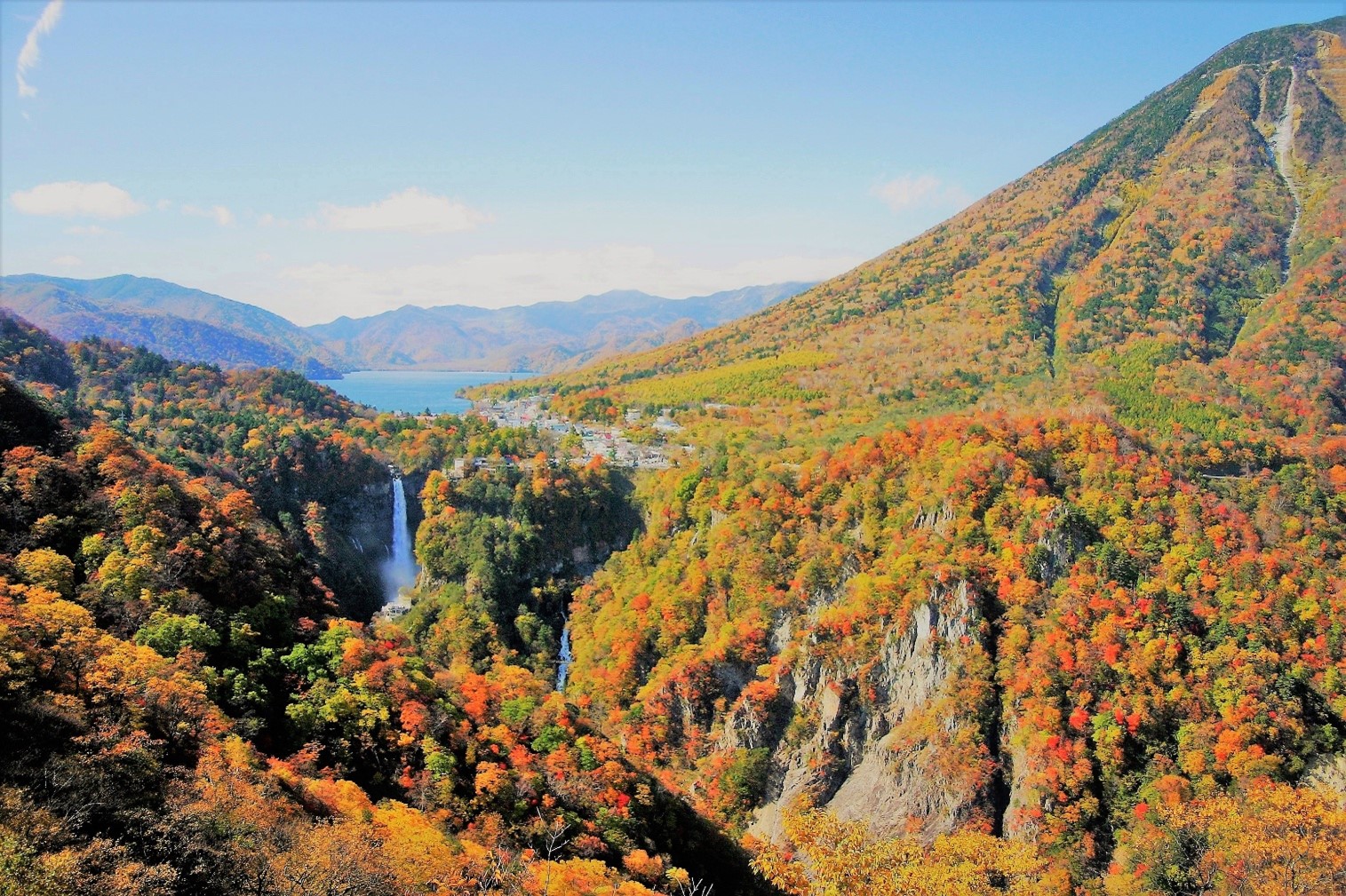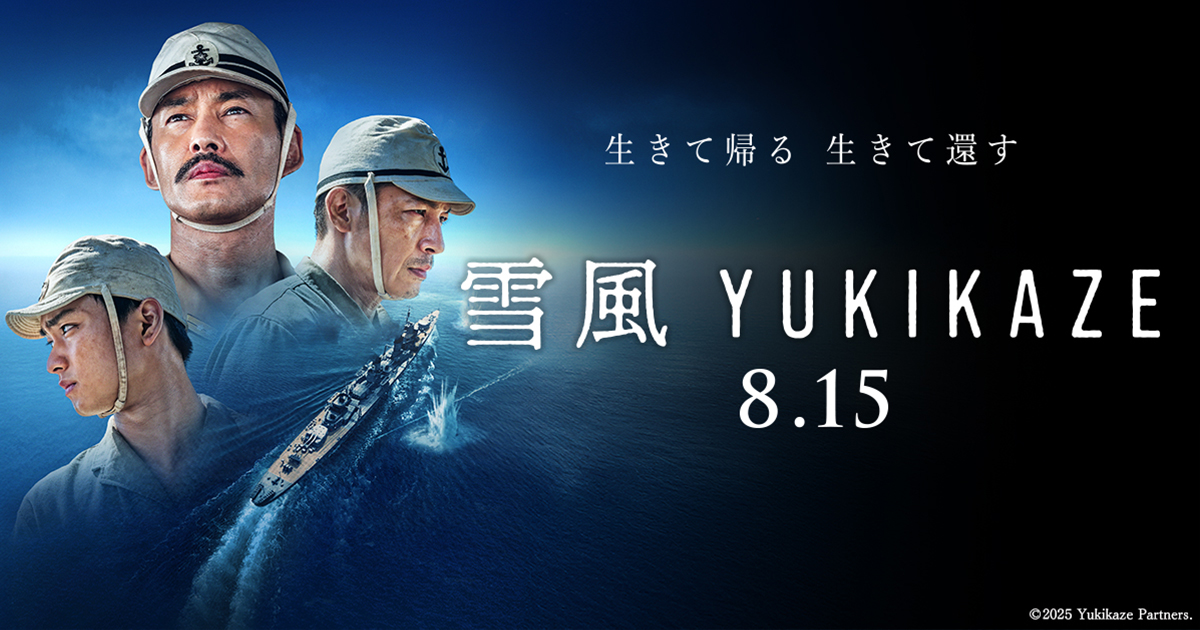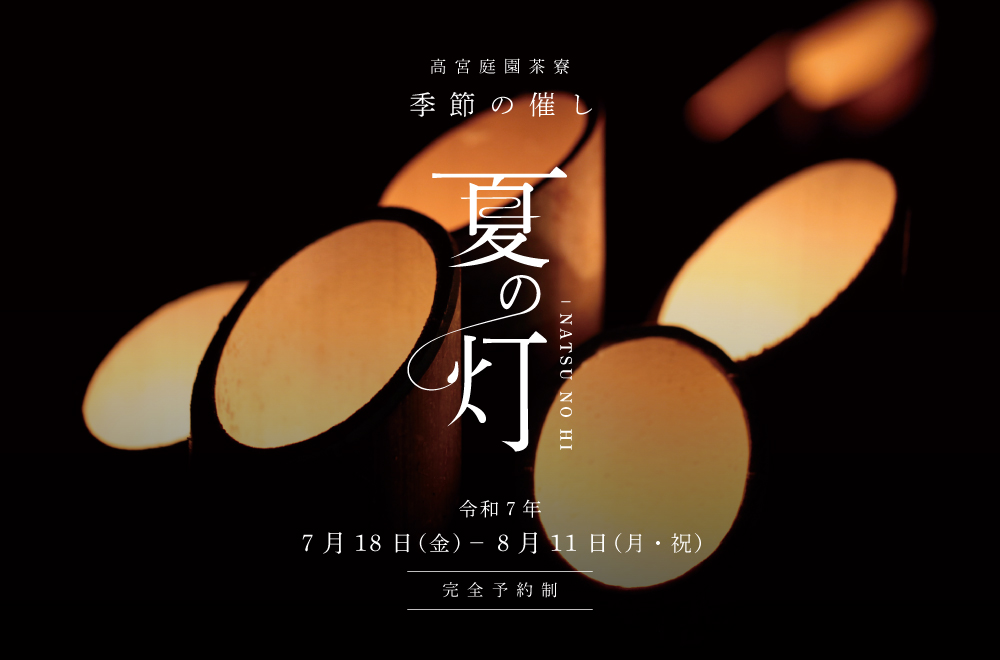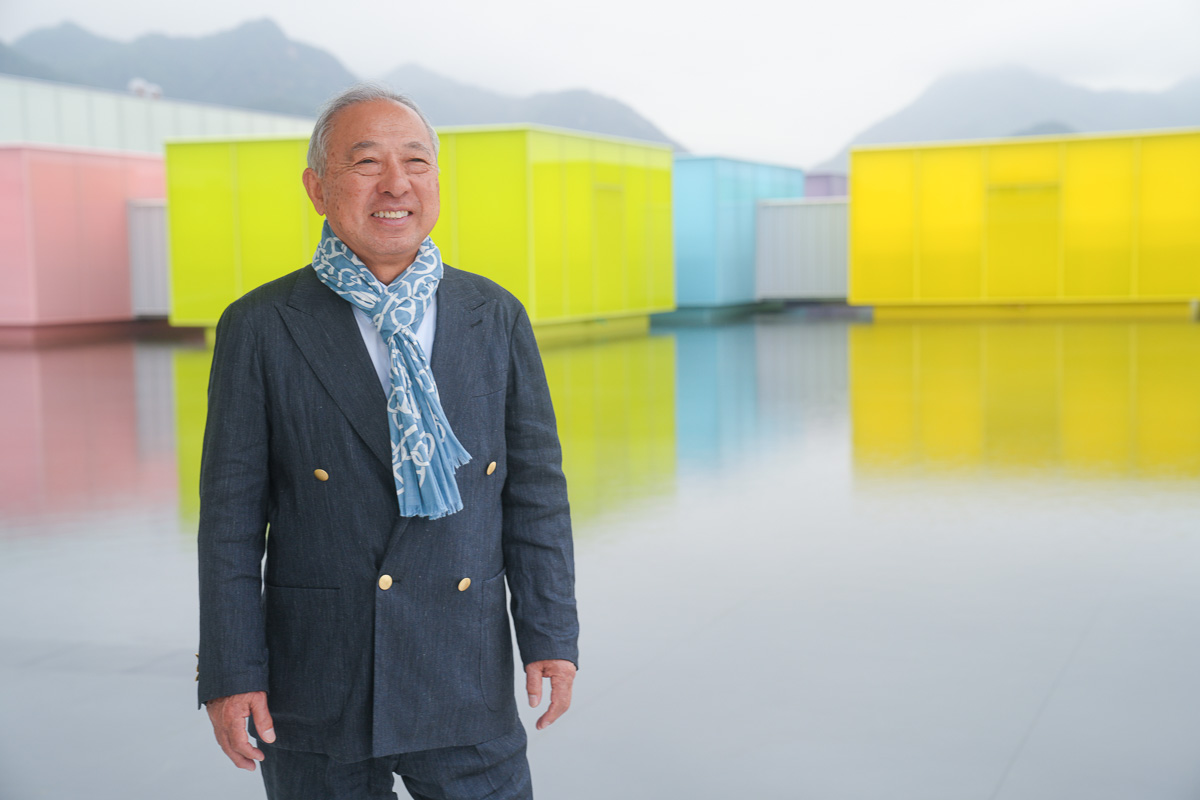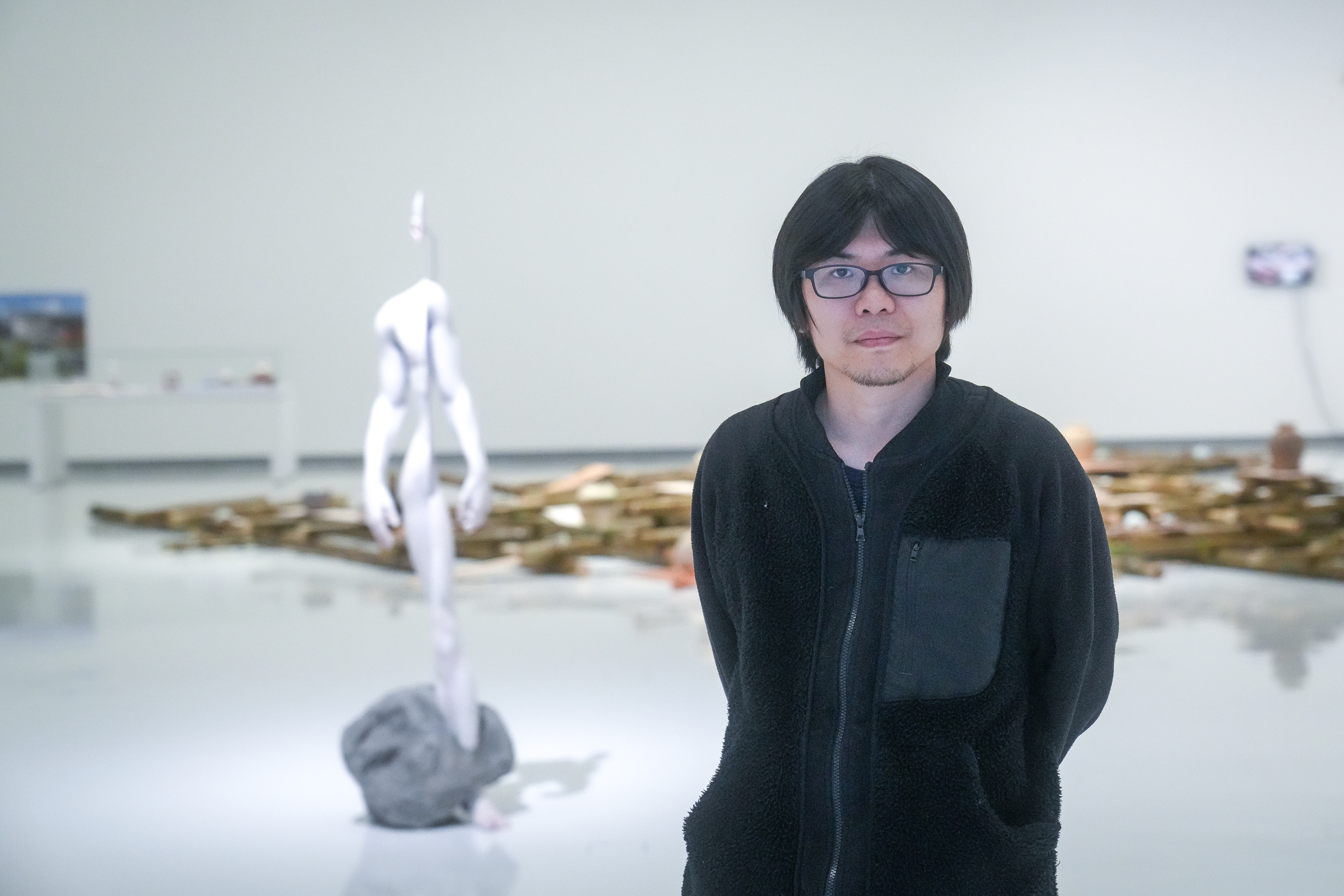At Hoshinoya Kyoto, on November 26th, 27th and 28th, 2022,
Under the 400-year-old Japanese maple tree, we will hold “Hoshinoya Momijinoga” where you can enjoy the elegant dance and the profound tones of Gagaku.
Autumn leaves in the inner garden, colored just like the scene of "Momijinoga" in The Tale of Genji
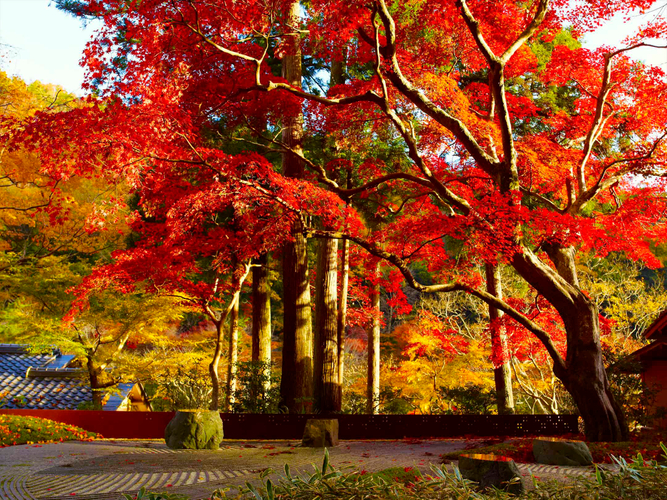
Arashiyama has long been known as a scenic spot for autumn foliage, and has been used as a pillow in many waka poems, as in the waka poem by the retired Emperor Shirakawa, which states, “Look at the maples on Arashiyama, following the Oi River’s flow (*1).” It is the place where it is sung.
In the back garden, where the dry landscape modeled on white sand and smoked roof tiles spreads out, you can enjoy the 400-year-old maple trees and Mt Ogura.
The scene where Hikaru Genji performed an elegant dance overlaps with the scenery in the back garden, and you are invited to an elegant scene depicted in The Tale of Genji.
(*1) The meaning of “Come visit the Oi River, which has been visited by Cloistered Emperor Uda and Emperor Daigo, and see the autumn leaves scattered about Arashiyama.”
[Section from Chapter 7 of The Tale of Genji, “Momijinoga” (*2)]
In the shade of the tall autumn leaves, the sound of the music played by the 40 Kakishiro and the reverberating pine breeze can be heard as if it were a real deep mountain grate.
The Seigaiha dance of Genji-no-Kimi and Tono-chujo, shining brightly from among the colorful autumn leaves, is frighteningly beautiful.
(Omitted) Even the servants who can’t tell the difference, and those who are hiding under trees, in the shade of rocks, or in the leaves of trees on artificial hills, are moved, and those who have even a little understanding of emotions shed tears.
(*2) Kyoko Ikuta “Gagaku and The Tale of Genji”
The graceful and splendid dance and costume of “Seigaiha”
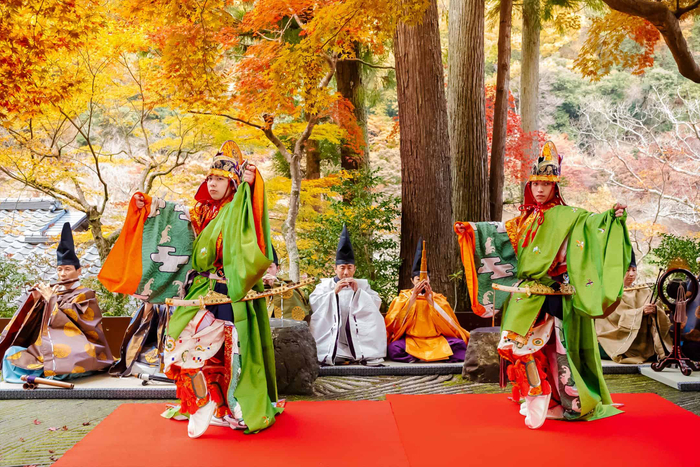
In the Tale of Genji, “Momijinoga”, Hikaru Genji danced with To no Chujo in a dance called Seigaiha.
Seigaiha is said to be the most graceful and splendid of the Gagaku dances, both in terms of its dance and costume (*3).
The costume is used only for the Seigaiha dance, and is characterized by the waves and plovers embroidered all over, and even the scabbard of the sword, which is used in the dance, is decorated with waves and plovers.
In particular, the jacket is embroidered with 96 plovers in different shapes on the Qinghai ripples, which are layers of waves.
The dance figure that expresses the waves that come and go with the movement of gently throwing back the sleeves creates an even more graceful dance.
(*3) Cultural Digital Library (Japan Arts Council)
Subtle and profound tones played by gagaku instruments
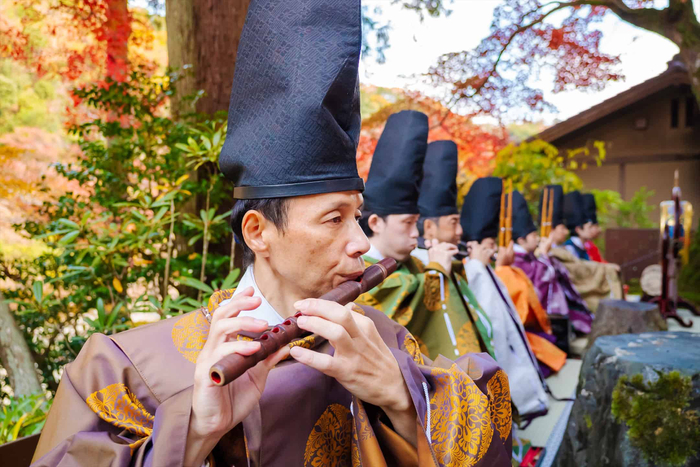
Gagaku is a Japanese traditional culture that was established around the Heian period and is registered as a UNESCO Intangible Cultural Heritage.
It has been played in court ceremonies since ancient times, and has been handed down along with the imperial family (*4).
In this event, nine players will play traditional Japanese instruments such as the sho, the hichiriki, and the ryuteki flute, complementing the elegant dance with the subtle tones.
(*4) Official website of the Imperial Household Agency
Overview of Hoshinoya Momijinoga
